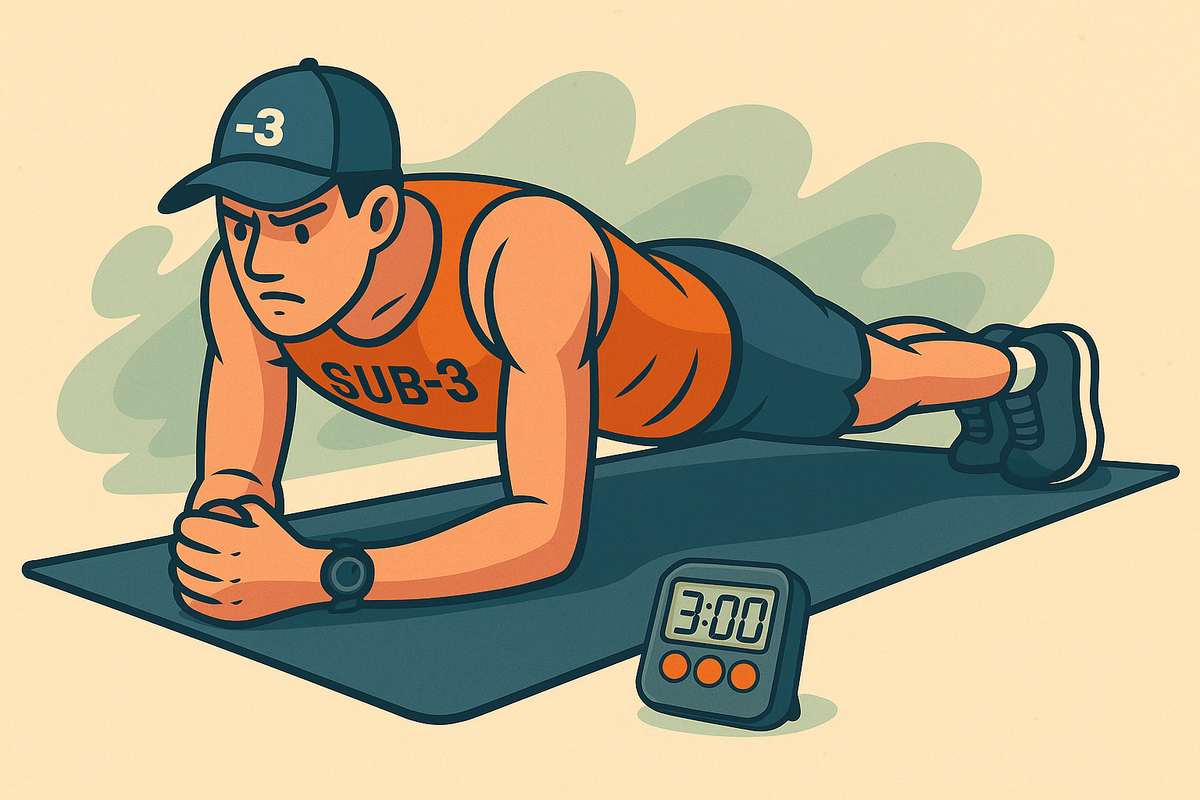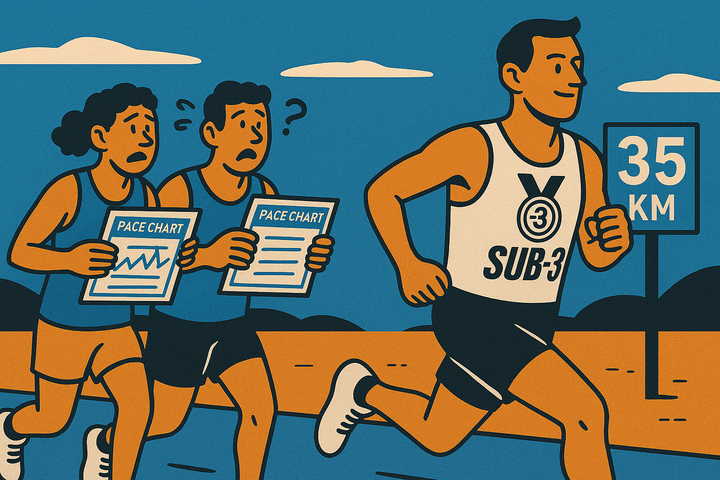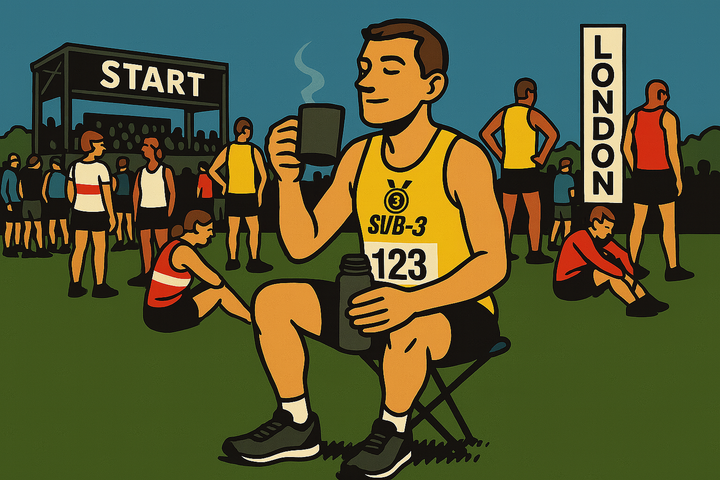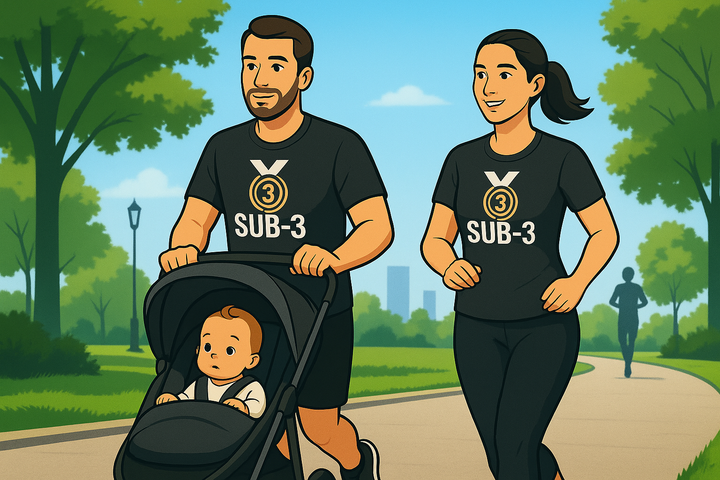Why every sub-3 runner should plank
Not exactly fun – but daily planks can improve your posture, boost efficiency and help you hold form when it really matters.

Planking isn’t exactly fun. But after nine months of doing it almost every day, I can honestly say it works.
This was a relatively new addition to my running routine – and I wasn’t a natural convert. Like a lot of runners, I used to dismiss core strength as something for people chasing six packs, not finish lines. But I’ve changed my mind.
I now work planks into my daily yoga routine. It starts with a three-minute forearm plank – which conveniently lasts almost exactly as long as it takes Alexa to play the evening news headlines. Midway through, I do one-minute side planks on each side, and then I close the routine with a two-minute classic (arms straight) plank. Yoga helps break it up. I like longer holds, but plenty of people do shorter sets or dynamic variations. There’s a range of theories – I’m focused on consistency.
The benefits aren’t subtle. My posture has improved, both in everyday life and in running. When you’re fatigued in the final miles of a long run or race, your form often starts to collapse – hips drop, shoulders slump, stride shortens. A stronger core helps you hold your shape, keep your cadence steady, and maintain power through the closing stretch.
And there’s science to back this up. A 2019 review published in the Journal of Strength and Conditioning Research found that core training improves running economy – in other words, how efficiently your body uses energy at a given pace. Other studies show that a stable trunk reduces unwanted motion in the hips and shoulders, allowing more of your energy to go straight into forward propulsion.
It doesn’t just help you run better. It helps you stand better. And yes, over time, it will also reveal your abs – although that’s more about body fat than exercise choice.
If you’re starting out, don’t jump straight into three-minute holds. Build gradually, listen to your body, and take rest days if your stomach muscles start aching – I once thought I’d given myself a hernia. I hadn’t. I just wasn’t used to using those muscles.
Planks are simple, require no equipment, and target precisely the part of your body that gets neglected when you sit hunched over a laptop all day. If you’re serious about running strong, especially late in the race, this is a small daily investment with a huge long-term return.
Tips if you're just starting out:
- Begin with 20–30 seconds and build up slowly. Focus on form, not ego.
- Mix it up: forearm planks, straight-arm planks, side planks, and dynamic variations like knee taps all help.
- Be consistent – once a week won’t cut it. Make it a daily habit.
- Pair with mobility – especially hip and thoracic spine work. Core strength and mobility go hand in hand.
- Don’t overthink the science – just know it works. You’ll feel it soon enough.
Enjoyed this article? Help keep Sub-3 running — support us with a coffee.
To help fund the running of the site, Sub-3 is an Amazon Associate and earns from qualifying purchases. We only recommend gear or kit that has genuinely helped in our own running and that we believe is worth considering.



